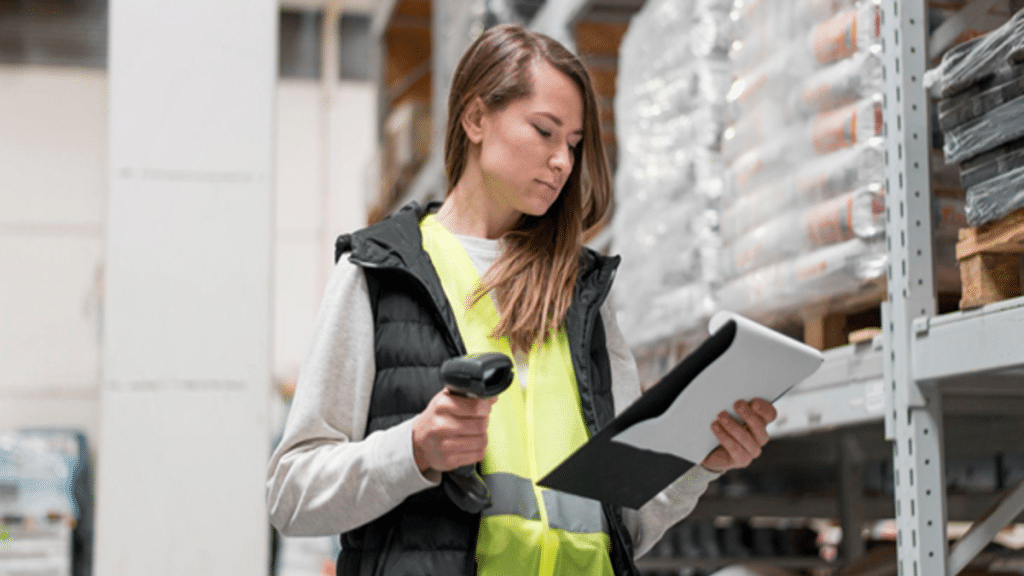If you’re running a warehouse in Australia, you’re probably feeling the pressure to speed things up, cut costs, and keep orders moving. Manually doing things can only take you so far, especially as your order volume grows and customers expect faster turnaround.
That’s why you should think about warehouse automation. It can help you do more with less. But choosing the right system isn’t something you want to rush.
If you’re interested in warehouse automation Australia, this guide will help you. More specifically, we’ll show you the right questions you should ask.
What Problems Are You Trying to Solve in Your Warehouse?
Every warehouse has its weak spots. The key is knowing yours. Maybe products aren’t where they should be. Maybe your team spends too much time walking back and forth. Or maybe your inventory records look fine, until it’s time to ship an order and you’re suddenly out of stock.
These aren’t just annoyances. They chip away at your time, accuracy, and profits. Instead of thinking about automation as a blanket solution, treat it like a set of tools.
Tools work best when you know what you’re fixing, so narrow your focus. Find the everyday headaches that slow your team down or mess with your numbers. That’s where the real value of automation begins.
How Much Are You Willing to Invest Right Now?
Automation comes in all shapes and price tags. Some systems start around a few thousand dollars for basic tools like barcode scanners or mobile shelving.
Others, like robotic picking systems or fully integrated conveyor setups, can cost hundreds of thousands. It all depends on how much you want to automate and how complex your operation is.
There’s also more than just the upfront cost. You’ll need to factor in installation, training, software updates, and future maintenance. Many vendors offer flexible pricing or leasing options, which can be helpful if you’re not ready to commit to a full overhaul.
Spend where it makes the biggest impact now, but make sure what you choose won’t hold you back later when your volume increases. A cheap system that needs constant fixing ends up being far more expensive in the long run.
Which Type of Automation Fits Your Workflow Best?
Not all warehouses need the same kind of tech. You might need better software to track inventory, machines to move goods, or robots to help with picking. Either way, the right fit depends on what you’re storing, how orders move through your space, and where delays happen.
Here’s a quick breakdown of common options:
- Conveyor systems are great for fast-moving, high-volume operations
- Automated guided vehicles (AGVs) help transport goods over longer distances
- Pick-to-light and voice-picking tools speed up picking accuracy
- Robotic arms are useful for repetitive packing or sorting tasks
- Warehouse management systems (WMS) handle inventory, orders, and data tracking
Keep in mind that you might not need the most advanced system out there, but the one that makes your day smoother without forcing a complete rebuild of how you work.
Are You Working with Suppliers Based in Australia?
Local support matters more than you might think. A supplier based in Australia can get someone to your site quickly when things go wrong. That’s not always the case with overseas vendors who rely on email support and different time zones.
The warehouse automation market in Australia has seen major growth, with a value of over AUD 27.75 billion in 2024. And it’s not slowing down. As more businesses adopt tech to keep up with rising demand, that number is expected to grow steadily over the next decade, specifically 7.9% from 2025 to 2034.
With this surge, local providers are stepping up, offering more options, better service, and a clearer understanding of what warehouses here actually need.
If something breaks, you want someone nearby who can fix it. Local partners also tend to know Australian safety standards, logistics regulations, and freight conditions, which can save you from unexpected compliance issues.
Will It Work with the Systems You Already Have?
Throwing in a brand-new system without checking compatibility is one of the fastest ways to waste money. If you’re already using a warehouse management system, barcode scanners, or an ERP, your new automation tools need to work with them, not fight them.
Ask vendors upfront about integration. Can their software sync with what you’re using? Will you need extra middleware? Do they charge extra for that? These details matter. A system that looks smooth in a demo can turn into a headache if it can’t speak the same language as the tools you rely on every day.
Automation is like an upgrade, not a reset. The goal is to build on what’s working, not rebuild everything from scratch.
Can the System Grow with Your Business?
What works for your warehouse today might not be enough a year from now. A good automation system should handle growth without falling apart or needing to be replaced entirely.
Here’s what to look for:
- Can you add more units later, like extra robots or workstations?
- Will the software handle a bigger order volume or new product lines?
- Can the system be reconfigured if you change your layout?
- Is the vendor still developing and improving the product?
Conclusion
All in all, you want to solve real issues and not just follow trends. If something slows your team down, drains your budget, or leads to shipping mistakes, that’s where your focus should go.
Choose a system that fits the way your warehouse runs today, but still has room to grow. Make sure it works with your current tools and comes with solid local support. And when it comes to features, stay grounded.
The best system is the one that helps you work smarter without adding extra layers of complexity.
